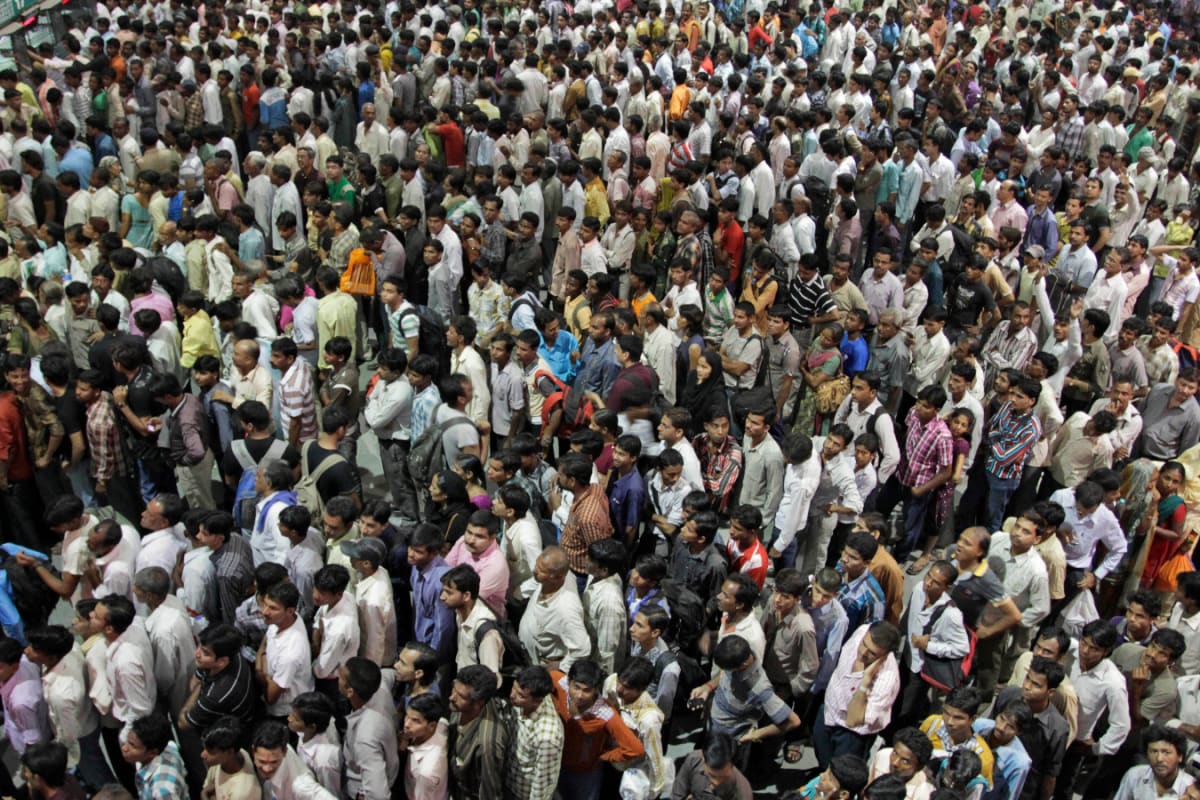

India has witnessed a remarkable decline in extreme poverty, with the rate falling to 5.3% in 2022-23 from 27.1% in 2011-12, according to the World Bank. This significant reduction means that millions of people have been lifted out of poverty in a relatively short period.
The World Bank's data indicates that this positive trend is due to a combination of factors, including economic growth, government initiatives, and improved access to essential services. The figures are based on the World Bank's revised poverty line of $3 a day, which adjusts for global inflation in 2021 prices. Earlier, the extreme poverty line was $2.15 a day. Using the earlier poverty line, the share of Indians living in extreme poverty is 2.3 percent, which is significantly lower than 16.2 percent in 2011-12.
In absolute terms, the number of people living in extreme poverty has fallen dramatically. With the $3 a day threshold, the number has fallen from 344.47 million in 2011-12 to 75.24 million in 2022-23. When considering the $2.15-per-day poverty line, the number of people living below this line is recorded at 33.66 million in 2022-23, down from 205.93 million in 2011-12.
Rural vs. Urban Poverty
The decline in poverty has been more pronounced in rural areas. The extreme poverty rate in rural India fell to 2.8% in 2022-23 from 18.4% in 2011-12. In urban areas, the poverty rate decreased to 1.1% from 10.7% during the same period. This narrowing of the rural-urban gap highlights the effectiveness of poverty reduction strategies in the countryside.
State-Level Analysis
Five states—Uttar Pradesh, Maharashtra, Bihar, West Bengal, and Madhya Pradesh—accounted for 65% of India's extreme poor in 2011-12. These states also contributed to two-thirds of the overall decline in extreme poverty by 2022-23, and now represent 54% of those living in extreme poverty. This concentration of poverty reduction efforts in these key states has played a crucial role in the overall national progress.
Broader Economic Context
India's transition to a lower-middle-income country has been accompanied by significant gains across both rural and urban areas. Using the $3.65 per day lower-middle-income category (LMIC) poverty line, poverty fell from 61.8% in 2011-12 to 28.1% in 2022-23, lifting 378 million people out of poverty.
Other Indicators of Improvement
Besides the decline in income poverty, India has also made strides in reducing multidimensional poverty. The World Bank's Multidimensional Poverty Measure is at 15.5% in 2022–23, down from 53.8% in 2005–06. This index considers factors such as education, sanitation, drinking water, and access to electricity, indicating broad improvements in living standards.
India's Gini Index, which measures consumption-based inequality, also improved from 28.8 in 2011-12 to 25.5 in 2022-23. However, the World Bank cautions that this may not fully reflect reality due to data limitations. The World Inequality Database, for example, reported a rise in income inequality, with the index increasing to 62 in 2023 from 52 in 2004.